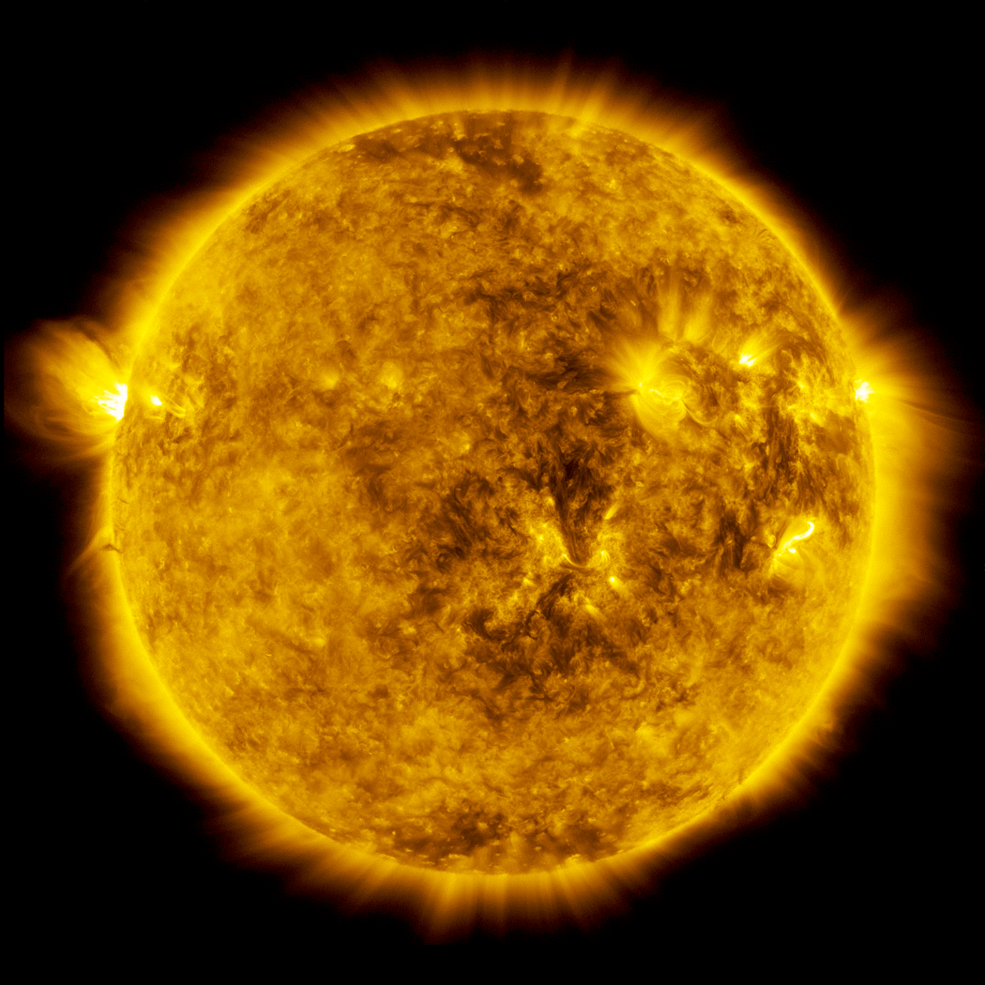Looking to the stars inspires a sense of wonder at the vastness of the cosmos, and the distant galaxies, planets and other celestial bodies. And when satellites and probes turn their cameras back toward Earth, they provide a sense of perspective about this small planet.
Through the EarthKAM project, middle school students on Earth remotely snap photos from the International Space Station, like this week’s sweeping image of the Grand Canyon. Their photos offer a glimpse of a planet from a perspective enjoyed only by astronauts like Thomas Pesquet, who returned home after six months aboard the space station.
Elsewhere in space, scientists have found new evidence that the Saturnian moon Enceladus tipped over more than one million years ago, possibly after colliding with an asteroid. Data from the Cassini mission reveals that the moon’s spin axis, the line from the north to the south pole, reoriented, tipping the moon 55 degrees from its original axis. The phenomenon, known as true polar wander, moved terrain near the original equator closer to the poles.
But it doesn’t take a giant asteroid to shake things up: A photo taken by NASA’s Lunar Reconnaissance Orbiter reveals jagged lines that indicate when a tiny meteoroid half the size of a pinhead hit the left Narrow Angle Camera, moving at 4.3 miles per second.
Want to learn more about the wonders of the universe? Look through the whole collection.


